Visual thinking rocks
October 18, 2010
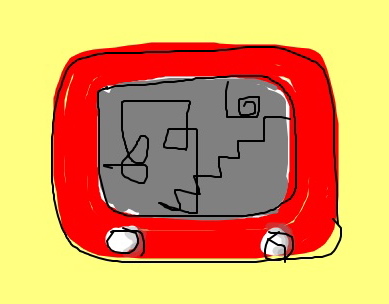
I draw in this space — a lot. I do it because it’s fun. I like the way technology unexpectedly resurrected an abandoned interest of mine.
Drawing is also a way of uncorking my imagination. Ideas fall like coins from a winning slot machine when my finger skates across my iPhone, or when I peel back the string on my black grease pencil (it’s actually a lithographer’s pencil co-opted by butchers). All of the drawings on my homepage were done with that pencil.
Mid-sketch, I almost always end up grabbing a piece of scrap paper and writing down something completely unrelated to what I’m doing. Maybe I should keep a pile of cocktail napkins on hand as backup to my drawing app (Sketches is my favourite. I’ve tried them all and simple is better). I should mention: most of these ideas end up being duds, but that’s not the point.
Ever since my Crayola Caddy days I’ve associated drawing with play. Writing … well, it’s occasionally fun but more often than not it feels like pushing boulders (uphill). Not drawing. If I screw up, I just shake my phone and start again, pulling red around in circles, adding spidery black accents, smiling, humming, cranking up my music, throwing my creation over to iPhoto for a trim or a colour spike, then sharing.
Clive Thompson writes about visual thinking in his latest column for Wired magazine. He argues that some problems defy words and call for visual problem solving. This is because when the answer isn’t clear (or when you don’t even know what the question is) the last thing you want to do is to try jamming a bunch of disparate thoughts into a linear narrative structure. But a lot of people don’t draw because they think it’s childish (God, we’re an anal bunch). And when we write we feel too much pressure to be eloquent. When in doubt, doodle. When we draw — during class, at the conference table or on the phone — a casual scribble here and a smart-ass scrawl there can lead to patterns and maybe a few arrows linking ideas.
What emerges could be the next road map for the future.








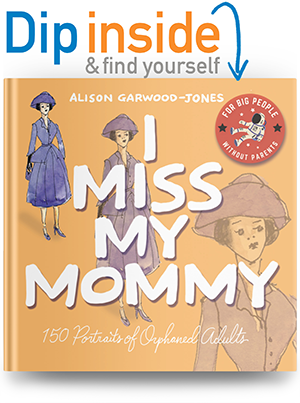



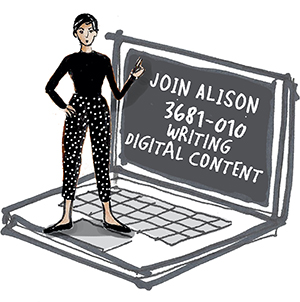

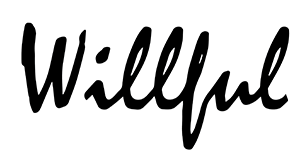

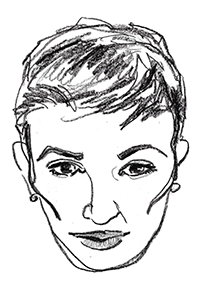










Leave a Reply